Pipes are defined as circular tubular products used for conveying fluids (liquids, gases, and fluidized solids). Pipes are designed for a particular design pressure corresponding to the design temperature. Various parameters related to pipes are Pipe Size, Pipe Schedule or thickness, Pipe Material, Pressure withstanding capability, Temperature withstanding capability, etc. Different types of pipes are used in the industrial sector for different purposes.
Common industries that find extensive use of pipes are oil and gas, process industries, chemical and petrochemical complexes, food and beverage industries, power sectors, steel industries, HVAC industries, plumbing industries, pipeline industries, refineries, etc. Today, the use of pipes is so wide that modern industrial plants can not be thought of without pipes. Types of pipes are decided based on various factors. In this article, we will explore different types of pipes that are widely used in industries.
Pipe Types based on Material
Pipes are normally classified based on the material which is used to produce the pipe during manufacturing. In general, there are two types of pipes:
- Metallic Pipes and
- Non-metallic Pipes
Metallic Pipes
The pipes made of metal are known as metallic pipes. They can be grouped into two categories:
- Pipes made from ferrous materials, and
- Pipes made from non-ferrous materials
Type of Pipes made from ferrous materials:
These types of pipes are stronger and heavier. These pipes have iron as their main constituent element. Common examples of pipes made from ferrous materials are
- Carbon steel pipes
- Stainless steel pipes
- Alloy steel pipes
- DSS pipes
- Cast Iron pipes
- Galvanized Steel Pipes
- Ductile Iron pipes, etc
This category of pipes is suitable for higher temperature and pressure applications. Most of the pipes used in oil and gas, refineries, chemical, petrochemical, power plants, etc. are made of ferrous materials. Click here to learn more about Steel Pipes.
Type of Pipes made from Non-ferrous materials:
In this group of pipes, iron is not the main constituent element. They are usually made of copper, aluminum, brass, etc. Common pipes made from non-ferrous materials are
- Aluminum and Aluminum alloy pipes.
- Copper and copper alloy pipes.
- Nickel and Nickel alloy pipes.
- Titanium and titanium alloy pipes.
- Zirconium and Zirconium alloy pipes.
Click here to learn more about Non-ferrous pipe materials.
Non-metallic Pipes
Non-metallic pipes are widely used for services where the temperature is not significant. Non-critical services like water industries and drainage systems make use of most of the non-metallic pipes. Common non-metallic and widely used pipes are:
- PE/HDPE Pipes
- uPVC/PVC/CPVC Pipes
- PP pipes
- Reinforced thermoplastic pipes or RTPs
- ABS Pipes
- Composite pipes like GRE/GRP/FRP Pipes
- Cement and Asbestos Cement Pipes
- Vitrified clay pipes
The main advantages of reinforced plastic and composite pipes are that they are highly corrosion-resistant and durable. While metallic pipes are usually designed for up to 25 years of service. Composite and Reinforced plastic pipes can easily serve up to 50 years. However, their main limitation is the temperature. Non-metallic pipes are not suitable for high-temperature applications.
Cement pipes, manufactured from reinforced concrete are usually used for stormwater, gravity service, irrigation industries, and culverts.
Types of Pipes depending on the industry they are used
Depending on the type of industry there are three types of pipes.
- Pipes for Chemical and Power Piping Industries.
- Pipes for the Plumbing industry.
- Pipes for the Pipeline industry.
Types of Pipes for Chemical and Power Piping Industries
These types of pipes are suitable for high-temperature and pressure applications. Mainly pipes made from ferrous materials are used in chemical, power, petrochemical, steel, oil, and gas industries. They are usually designed following codes like ASME B31.3, ASME B31.1, and various other international codes. They are usually selected based on their ability to sustain pressure, temperature, corrosion resistance, etc.
Types of Pipes for the Plumbing Industry
Common plumbing pipes are PVC pipes, PEX pipes, Copper pipes, ABS pipes, CPVC Pipes, HDPE Pipes, Cast Iron and galvanized steel pipes, etc. They are mainly used for water distribution purposes.
Pipes for the Pipeline Industry
Pipes used in pipeline industries are usually known as line pipes and are designed by API 5L standards. Pipes for pipeline industries are designed following ASME B31.4 and ASME B31.8 codes. There are various grades of API 5L pipes that are used to convey oil, gas, or water through pipelines. Other types of pipeline materials are SS, DSS, SDSS, GRE, FRP, etc.
Types of Pipes based on the fluid they transport
Depending on the type of fluid they transport, pipes are categorized as follows:
- Water Pipes those transport water.
- Gas pipes transporting gaseous substances.
- Vapor pipes for carrying different vapors of products.
- Oil pipes transporting crude or processed oils.
- Steam pipes transporting steam.
- Hydrogen pipes carrying hydrogens.
Types of Pipes based on the manufacturing method
Pipes can also be classified based on the method of manufacture. These are again sub-categorized depending on the material of the pipe. For example, Metallic pipes can be categorized as
- Seamless pipe and
- Welded pipe
- ERW pipes
- LSAW pipes
The most common types of seamless pipes are:
- ASTM A106, A333, A53, and API 5L (CS and LTCS pipes)
- ASTM A312 Series 300 and 400 (SS pipes with grades 304, 316, 321, 347)
- ASTM A335 Grades P5 to P91 (Alloy steel pipes)
- ASTM A790/A928 (DSS and SDSS pipes)
- Nickel alloys (Inconel, Hastelloy, Cupronickel, Monel, Nickel 200)
In general, pipes with a diameter of less than 16 inches are seamless, and larger-diameter pipes are welded. Seamless pipes are preferred due to the absence of the weld seam which is considered a weak point. However, they are costlier than welded pipes. Also, For large-diameter pipes, producing seamless pipes becomes difficult.
Carbon steel pipes (A53, A333, A106, and API 5L) have the largest market share due to the fact that they are cheaper and suitable for a wide range of applications ranging from -29 Deg C to 427 Deg C.
Similarly, GRP pipes are classified as
- Filament winding GRP pipes
- Continuous winding GRP pipes
- Helical Filament winding GRP pipes
Finally pipes can also be classified based on connection types as follows:
Types of Pipes based on Connection Type
- Threaded: Pipes with external or internal threads for screw connections.
- Flanged: Pipes with flanges for bolted connections.
- Welded: Pipes that are joined by welding.
- Push-fit or Compression: Pipes that use fittings to join without welding or threading.
Conclusion
So, the subject types of pipes are very broad and there are various parameters that contribute to the classification of pipes. However, the most widely accepted pipe classification is based on the material used to manufacture the pipe.


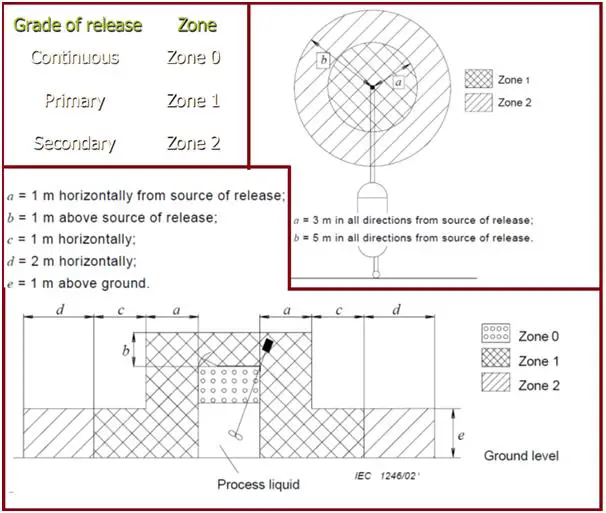

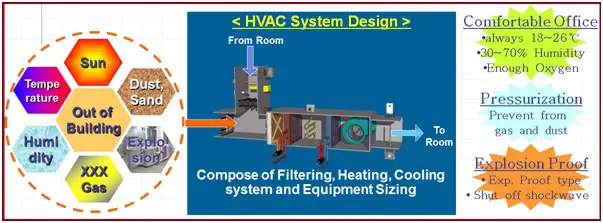
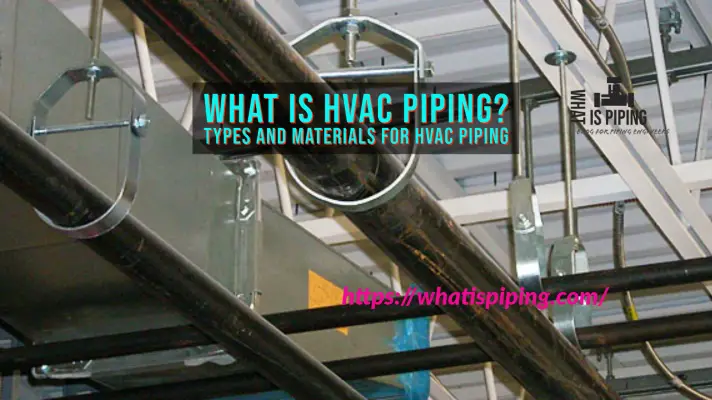
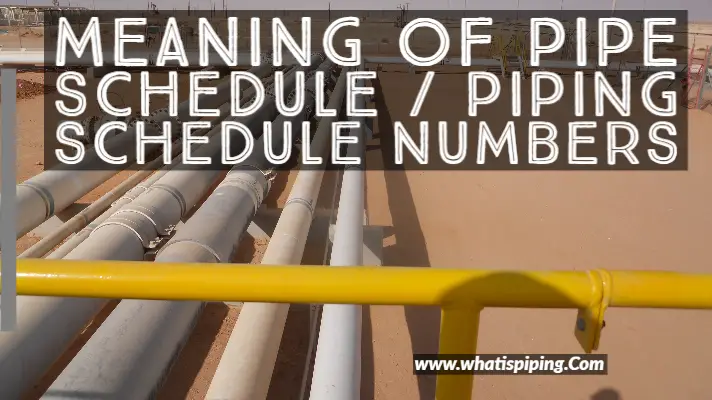

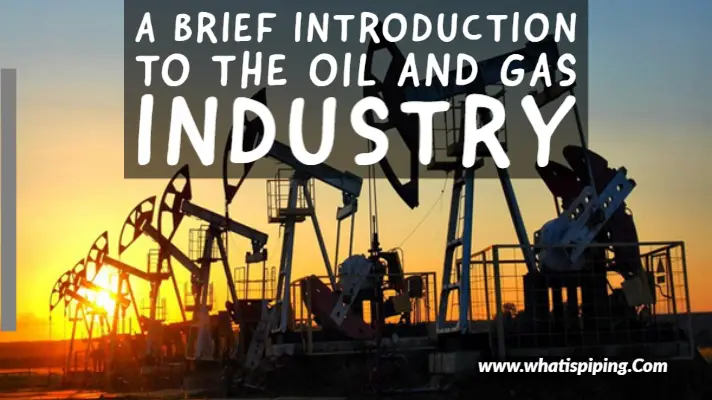
Sir these website articles are very much helpful for me to gain knowledge as well as to prepare for interview
Now I know that plumbing pipes could be made from ferrous and non-ferrous materials. Steel ones belong to ferrous materials which means that they could withstand high pressure. We’ll have to consider all our options for materials.
It’s great that you talked about pipe types and their different applications in manufacturing. Recently, one of my cousins said he’s interested in starting a business. My cousin mentioned something about manufacturing equipment, so I’ll be sure to share your article with him. Thanks for the advice on how pipes are divided by their material type.
Dear sir/ madam
I am sandeep Srivastava my having a experience of 5.6 years as a Filled mechanical engineer with my practical experience & track of success .i am confidence that i can become a good employee of your organize.
I am requesting you to review my attached resume which will show you that i am capable & professional individual sir .
Regard
Sandeep srivastava
Good learning and development of your experience
Thanks for your valuable information sharing into world sir..you just keep this sir..we will learn from you more…
It’s nice that you talked about how the use of pipes is so wide that modern industrial plants can not be thought of without pipes. I visited a factory with my friend the other day and it was quite fascinating to see the various types of pipes used for their operation. From what I’ve heard before, it seems industrial piping services are needed for such an intricate piping system.
thank u sir , i am very thank full to u, i am a mechanical superviser this content help me to understand basick things